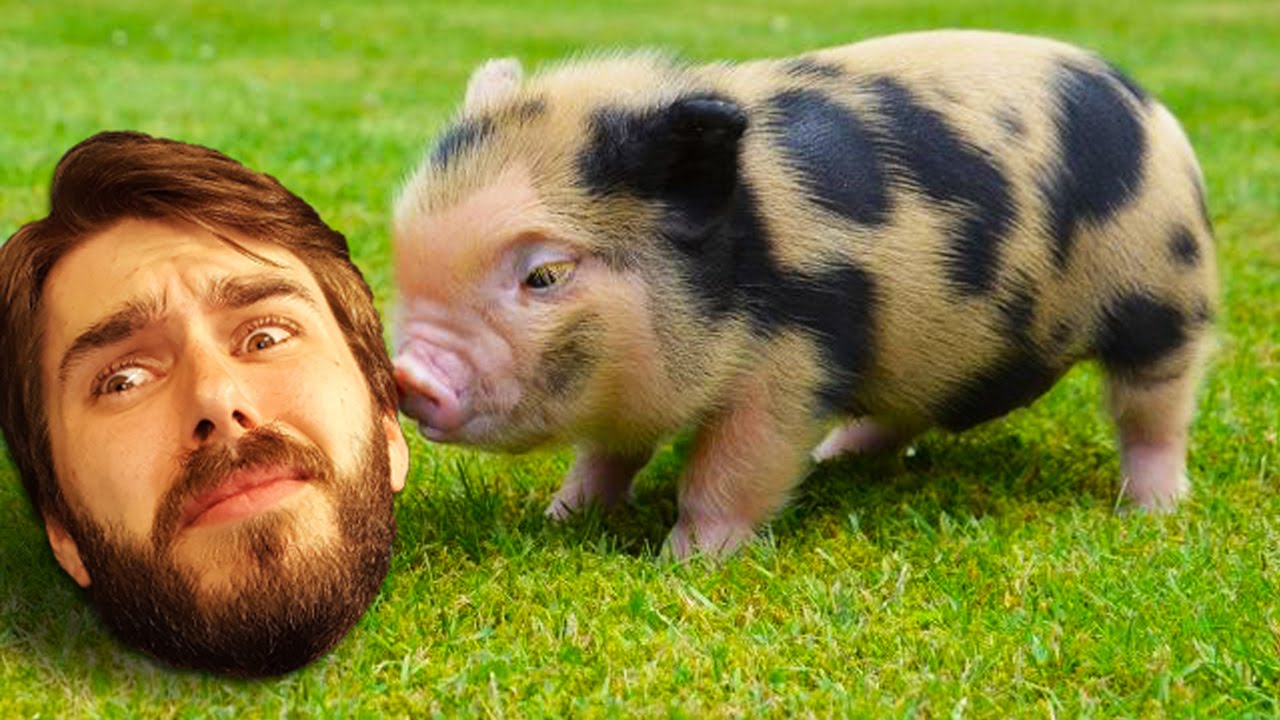Pigs have long been associated with various stereotypes and myths, including the notion that they are voracious eaters capable of consuming anything, including humans. This belief has been perpetuated through folklore, literature, and even popular culture. However, separating fact from fiction is crucial when it comes to understanding the behavior and dietary habits of pigs. In this article, we will delve into the truth behind the question: do pigs eat humans?
Understanding Pig Behavior and Dietary Habits:
Pigs are omnivorous animals with a diverse diet that primarily consists of plants, grains, fruits, and occasionally, small insects or animals. While pigs are known for their scavenging behavior and opportunistic feeding habits, there is little evidence to suggest that they actively seek out or consume humans under normal circumstances.
Pigs are highly intelligent creatures capable of forming complex social bonds within their herds. In farming settings, they are often raised for meat production, but this does not imply a predisposition towards cannibalism or aggression towards humans. In fact, domestic pigs raised in controlled environments are typically docile and pose no threat to humans.
Historical Accounts and Folklore:
Despite the lack of scientific evidence supporting the notion of pigs consuming humans, historical accounts and folklore have contributed to the perpetuation of this myth. Tales of wild pigs attacking and devouring humans have been documented in various cultures throughout history, often embellished for dramatic effect.
One famous example is the legend of the “Beast of Gevaudan” in 18th-century France, where a series of attacks attributed to a large wolf-like creature were later speculated to involve feral pigs. However, these accounts are more likely to be the result of sensationalized storytelling rather than accurate depictions of pig behavior.
Instances of Pigs Consuming Human Remains:
While cases of pigs consuming human remains have been documented, they are rare and often occur under extreme circumstances. In forensic science, pigs are sometimes used in studies to simulate human decomposition processes, as their digestive systems share similarities with humans.
In cases where human bodies are left unattended in areas populated by pigs, such as farms or wilderness areas, scavenging behavior may occur. However, this does not imply an inherent desire on the part of pigs to consume humans but rather an opportunistic response to available food sources.
The Role of Media and Popular Culture:
The portrayal of pigs as aggressive or carnivorous animals in media and popular culture has contributed to the perpetuation of myths surrounding their dietary habits. From horror movies depicting killer pigs to sensationalized news stories, these portrayals often reinforce misconceptions rather than accurately depicting the behavior of pigs.
It is essential to approach such depictions with skepticism and seek out reliable sources of information when attempting to understand the behavior of animals like pigs. While they may possess certain instincts for survival and food acquisition, these behaviors are far removed from the sensationalized myths often perpetuated in popular culture.
Conclusion:
The idea of pigs consuming humans is largely a myth perpetuated by historical accounts, folklore, and sensationalized media portrayals. While pigs are opportunistic feeders capable of consuming a wide range of organic matter, including animal remains, there is little evidence to suggest that they actively seek out or consume humans under normal circumstances.
Understanding the true nature of pig behavior and dietary habits is essential for dispelling myths and fostering a more informed perspective on these fascinating animals. By separating fact from fiction, we can appreciate pigs for the intelligent and social creatures they are, rather than perpetuating unfounded stereotypes and misconceptions

